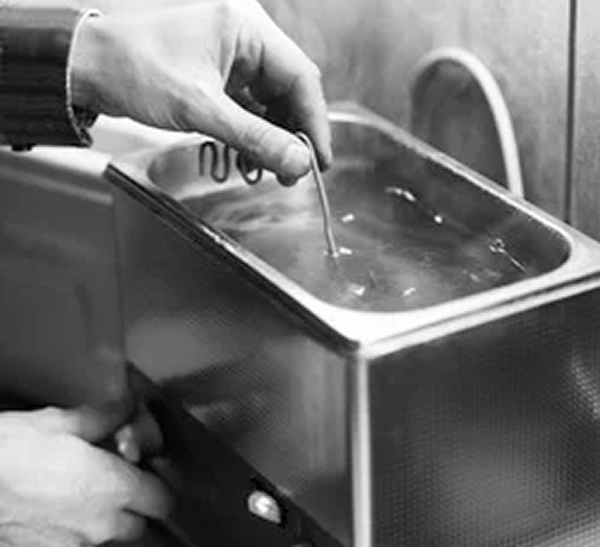Silver Plating in London
Understanding Silver Plating: Beauty and Durability
Silver plating is a process where a thin layer of silver is applied to the surface of another metal, typically copper, brass, or nickel. This technique has been used for centuries to create elegant and affordable items that mimic the look of solid silver. From jewellery and cutlery to decorative pieces and industrial components, silver plating enhances both the appearance and functionality of various objects.

What is Silver Plating?
Silver plating is a timeless technique that combines beauty, durability, and practicality. Whether enhancing the elegance of a decorative piece or improving the functionality of an industrial component, silver plating plays a vital role across various applications.
With proper care and occasional restoration, silver-plated items can maintain their charm and functionality for years, offering a perfect balance of luxury and affordability.
How Silver Plating Works
Silver plating offers numerous benefits, making it a popular choice for both decorative and practical applications:
- Aesthetic Appeal: Silver plating provides a lustrous, high-quality finish that enhances the appearance of items.
- Cost-Effective: It is a more affordable option compared to solid silver, making luxury designs accessible to a broader audience.
- Corrosion Resistance: Silver plating protects the base metal from corrosion, extending the item's lifespan.
- Electrical Conductivity: Silver’s excellent conductivity makes it a preferred choice for electronic components.
- Versatility: The process can be applied to various metals and objects, from small jewellery pieces to large industrial components.
Common Applications of Silver Plating
Silver plating is widely used across different industries, including:
- Jewellery: Rings, bracelets, necklaces, and earrings often feature silver plating for a polished and luxurious look.
- Tableware: Cutlery, trays, and candlesticks are often silver-plated to achieve elegance without the cost of solid silver.
- Electronics: Connectors, switches, and other components benefit from silver’s excellent conductivity.
- Decorative Items: Picture frames, vases, and ornaments are commonly silver-plated for aesthetic purposes.
- Industrial Uses: Bearings, gears, and other mechanical parts are silver-plated to reduce friction and improve performance.
Caring for Silver-Plated Items
To maintain the beauty and functionality of silver-plated items, proper care is essential:
- Regular Cleaning: Use a soft cloth to remove fingerprints and light tarnish. Avoid abrasive cleaners, as they can scratch the silver layer.
- Avoid Harsh Chemicals: Keep silver-plated items away from bleach, ammonia, and other harsh substances that can damage the plating.
- Store Properly: Store items in a dry, tarnish-resistant cloth or pouch to minimize exposure to air and moisture.
- Handle with Care: Prevent scratches and dents by handling silver-plated items gently and avoiding contact with hard surfaces.
Silver plating is a timeless technique that combines beauty, durability, and practicality. Whether enhancing the elegance of a decorative piece or improving the functionality of an industrial component, silver plating plays a vital role across various applications.
With proper care and occasional restoration, silver-plated items can maintain their charm and functionality for years, offering a perfect balance of luxury and affordability.
Restoring Silver-Plated Items
Over time, the silver layer on plated items may wear thin, revealing the base metal underneath. Restoring silver-plated items involves reapplying a fresh layer of silver through electroplating. This process can bring back the original shine and extend the lifespan of the item.
For significant damage or intricate items, it’s best to consult a professional silver restoration service to ensure a flawless finish.
The Environmental Impact of Silver Plating
Silver plating processes have an environmental impact, particularly from the chemicals used in electroplating. Modern facilities are adopting eco-friendly practices, such as recycling silver and using less harmful electrolytes, to reduce their environmental footprint.
